Skincare consumers’ needs and wants are changing faster than science can keep up.
In an environment like this, you either keep up with marketing trends or become invisible.
Skincare marketing is a unique challenge in many ways but in others, it’s just about getting the fundamentals right.
We’ve run beauty and skincare marketing campaigns for many D2C brands and have learned a thing or two about it along the way.
In this list, we’ve compiled the most successful strategies that skincare brands are using so you can adapt them to your marketing plans.
💸Can your online skincare store perform better? Identify key areas to improve using our top-notch ecommerce audit calculator.
How To Market Skincare Products
We’ll start with the broadest strategy decisions and move along to more specific actions.
1. Know how to position your skincare brand among competitors
Moreso than in other spaces, knowing how you want to position yourself in a sea of competitors is crucial for skincare.
There’s no room for a brand that wants to be the best at everything. You have to find your audience and your strengths and leverage that strength to give them what they want just a little better than your competitors.
The more you can narrow down your value proposition, the more you’ll stand out in the eyes of your target audience.
Take a brand like Cheekbone Beauty. They promise to “…forge the path to true sustainability, in line with the teachings in our Indigenous roots, creating a perfect circular economy in the cosmetics space.”
In that simple statement, the brand tells you who they are, what they stand for, and how you fit into their story.
A good place to start is to find brands that are getting it right and take inspiration from their approach.
🤳Be careful though: Some brands rely on their founders’ selling power and industry clout. Because of this, brands like Rhode and Kylie Cosmetics will be difficult to emulate.
When you’ve found some brands that you like, ask yourself a few questions like these to refine your proposition.
- How do your skincare products stand out in terms of ease of use and effectiveness compared to competitors?
- In what ways are your skincare products environmentally friendly, and how does this commitment to sustainability differentiate your brand?
- What specific skin, hygiene, or cosmetic problems do your products address and improve?
- Are there any unique or all-natural ingredients in your skincare line that set it apart from others?
- Can you elaborate on the distinctive qualities or features that make your skincare line unique in the market?
2. Product bundling in skincare
Product bundling is a gold mine in the skincare space.
For every product, there are multiple accessories or complementary items that can go along with it. By bundling these items together, you can offer your customers more value for their money, and increase your average order value at the same time.
Take, for example, a face cleanser. On its own, it’s a valuable product. But bundle it with a facial brush and a moisturizer, and you’ve just created a complete skincare routine that’s not just valuable, but also convenient for your customers.
Here’s how one of our clients – a Hawaiian skincare brand – bundles products:
In addition to bundling products that are alike, you can create seasonal or occasion-related bundles.
For instance, a summer skincare bundle could include a lightweight moisturizer, a sunscreen, and a hydrating face mask. On the other hand, a festive bundle could include a rich night cream, a lip balm, and a hand cream.
This not only presents your products in a new light but also makes for an attractive gift option. You’re also encouraging buyers to explore products they otherwise wouldn’t consider or don’t even know about.
It’s a tried and true marketing tactic, but you’ll be surprised at how many brands choose not to use it.
3. Using social media for skincare marketing
Social media channels are just as, if not more, valid for skincare products are they are for other categories.
TikTok, Facebook, Instagram, and YouTube are all perfectly valid. Narrowing down for more specific communities like Reddit is also a smart thing to do, especially if you have a narrow target audience.
The key to getting the most out of skincare advertising, though, is to make extremely snackable content that’s also high-quality.
Here’s a nice little 2023 recap done by Revive:
You’ll be competing for advertising space with some of the biggest and oldest brands in the world. So, if you want anyone to take you seriously, you need to ensure your content is on par with or even surpasses theirs in terms of quality and engagement.
🧴Your content should not only be promotional but also informational and educational. Share skincare tips, how-to tutorials, product demonstrations, user testimonials, and behind-the-scenes footage to create a well-rounded content strategy.
Also, consider leveraging influencers in your niche to extend your reach and give your brand more credibility.
About ‘dem viusals…
Always remember that advertising is first and foremost visual. Food and beauty ads are uniquely dependent on visuals because they tap into foundational human needs and the neural circuits that support those needs.
For that reason, you’ll want to make sure your visuals are world-class to appeal to your audience’s senses and emotions. It’s not just about showcasing your products, but also about creating a mood, a story, or an aspiration that resonates with your consumers.
This can be achieved by investing in high-quality photography and videography, creating visually appealing graphics, and staying consistent with your brand aesthetics across all platforms.
Our client Pixi prides itself with some stunning product visuals:
4. Leverage the power of skincare influencers
Influencers’ well…. influence in the skincare space is so pronounced that many start their own skincare brands.
But that doesn’t mean that every influencer can get your skincare brand where you want it to go.
An influencer’s follower count often dictates their sponsorship fee. High-profile influencers with vast audiences might charge hefty sums, often requiring negotiations through agents or managers, offering extensive reach but at a higher cost.
Conversely, smaller influencers generally have lower fees and are more accessible, often reachable via direct message or email.
Interestingly, data, such as from Grin, shows that nano-influencers typically have higher engagement rates (around 18% per post) compared to mega-influencers (about 4%).
Choosing the right influencers requires research. Explore skin-care-related hashtags on social media platforms like TikTok, Instagram, and Snapchat to find influential individuals in this niche.
When you identify potential influencers, contact them to discuss rates and suitability for your brand. Remember, you are pitching to them, so highlight why your brand aligns well with their image.
In influencer marketing agreements, it’s crucial to clearly define expectations – whether it’s for a single post, a series of stories, or a set of videos. A well-outlined contract ensures smooth collaboration.
For skincare products, influencers could demonstrate the product use in videos or share ongoing results.
Another strategy involves sending free products to influencers, known in the industry as PR gifts.
These can create excitement around new product launches. However, this approach is risky.
Influencers with significant followings may not necessarily provide positive feedback just for free products. Without a paid arrangement and contract, there’s no assurance of a positive review or even any review at all.
5. Content marketing for skincare brands
Content marketing is an essential strategy for any skincare brand desiring to thrive in this competitive industry.
It’s all about creating and sharing valuable content that resonates with your target audience and helps to establish your brand as a trusted authority in the skincare world.
However, that’s easier said than done. The reality is that you’ll be competing with just about every other skincare brand. Because content marketing isn’t exactly a secret.
The good news is that most brands don’t take it as seriously as they could.
That means you can create winning content fairly easily by exploiting weak spots in other brands’ strategies.
When crafting your content, it’s important to focus on topics that are relevant and interesting to your audience. But there is always a new or relatively obscure topic or angle that most brands are neglecting.
For instance, everyone has content about general skincare tips.
But you’ll find that far fewer create content highlighting skincare routines for (say) swimmers. Or how about skin care tips for people with vitiligo?
Those are examples of content for a much smaller audience, but it will be much easier to get the whole pie than to fight over the crumbs of a much bigger pie.
Content can range from skincare tips and advice, product reviews, behind-the-scenes looks at how your products are made, to the latest trends in the skincare world, and more.
Take the example of Cetaphil’s skincare tips resource. They invest an entire directory of their site to various guides, articles, and other resources about skincare.
And it’s not just about giving customers a reason to come to you.
It’s also a great way to demonstrate your brand’s commitment to expertise and authority in the skincare space.
6. Referral programs and subscriptions
Like bundles, subscriptions, and referral programs work exceptionally well for skincare products.
On the one hand, subscriptions offer a hassle-free shopping experience for your customers.
They don’t have to worry about running out of their favorite products or remembering to re-order them.
A subscription service takes care of all these concerns, providing a steady supply of your skincare products. This not only improves customer satisfaction but also ensures a consistent revenue stream for your business with predictable growth.
On the other hand, referral programs can help to expand your customer base organically. Word of mouth is still the single most effective form of marketing in terms of trust.
Satisfied customers are likely to recommend your products to their friends and family. By offering incentives such as discounts or free products for referrals, you can encourage your customers to spread the word about your skincare brand.
Some of the most successful brands in the industry, like Sephora, are known to heavily leverage affiliate and referral programs to grow their organic reach.
7. Innovative partnerships and collaborations
There are infinite ways to market any product category. The problem is that most ways are just plain inefficient.
Partnerships and collaborations have always been a bit of a gamble. You can end up with something that becomes a runaway success despite all odds, like the Covergirl/Star Wars collaboration.
Or, you can end up with one of the most misguided collabs of all time in the form of free Atkins bars.
The key things to remember for a successful co-branding or partnership are:
- You must choose a brand that your customer perceives as having the same values as yours.
- Ensure the collaboration offers tangible benefits to your customers.
- The partnership should enhance your brand’s credibility and reputation.
- Develop a comprehensive marketing strategy to promote the collaboration effectively.
In the skincare industry, one innovative and increasingly popular type of partnership is with beauty tech firms. For example, Neutrogena’s collaboration with FitSkin involves an AI skin analysis app that offers personalized skincare advice based on the user’s skin data.
Turn Beauty Strategies Into An Action Plan
The ball is in your court.
Now that you’re equipped with these diverse and effective skincare marketing strategies, it’s time to implement them into your unique action plan.
🤳USEFUL: Check out how we grew numerous skincare brands in our latest Beauty and Ecommerce Ads Case Study.
Remember, success in the competitive skincare market hinges not just on the strategies you choose, but also on how well you execute them. Tailor these approaches to fit your brand’s identity and values, and always keep the needs and preferences of your target audience at the forefront.

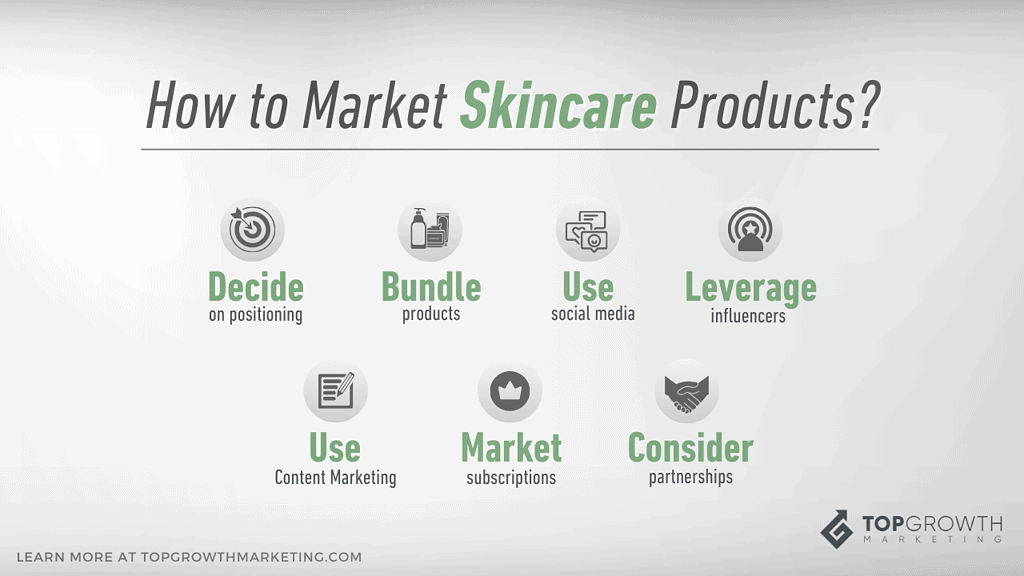
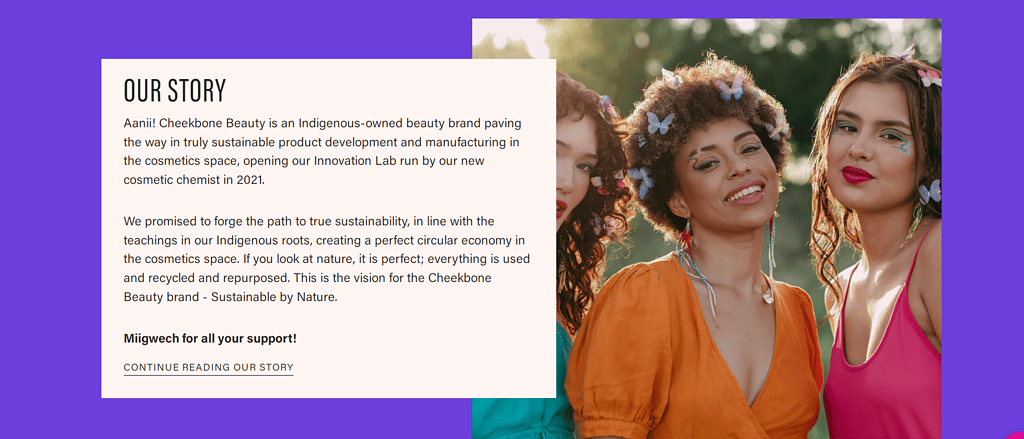
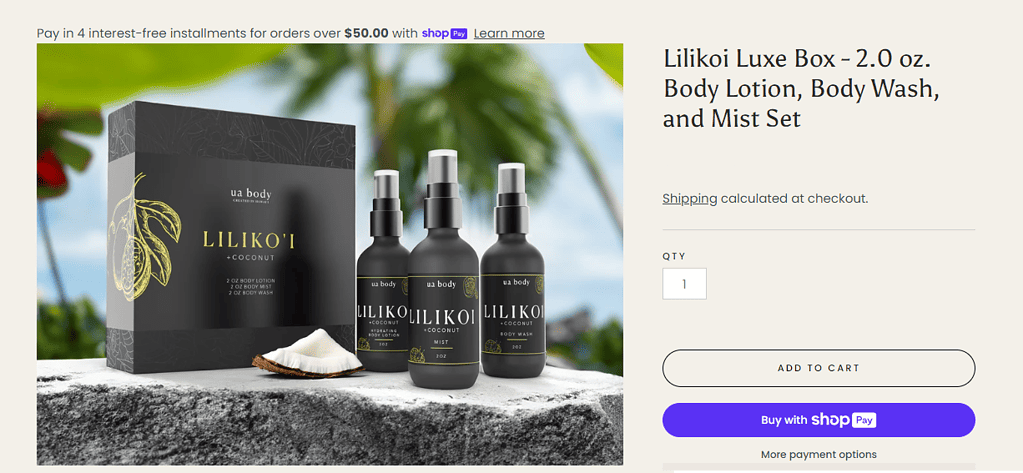
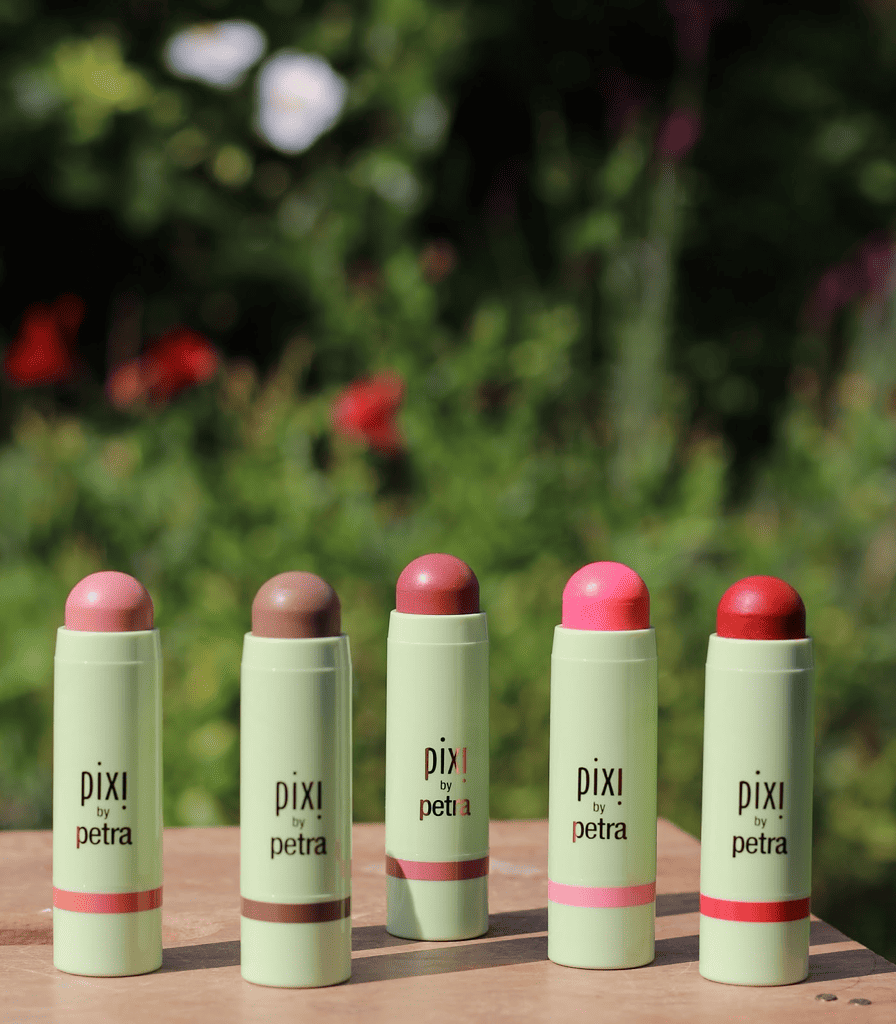
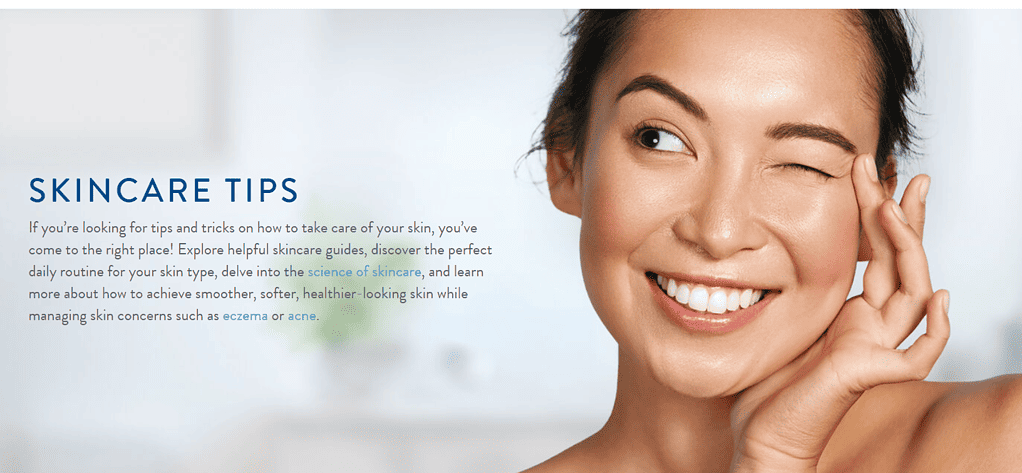
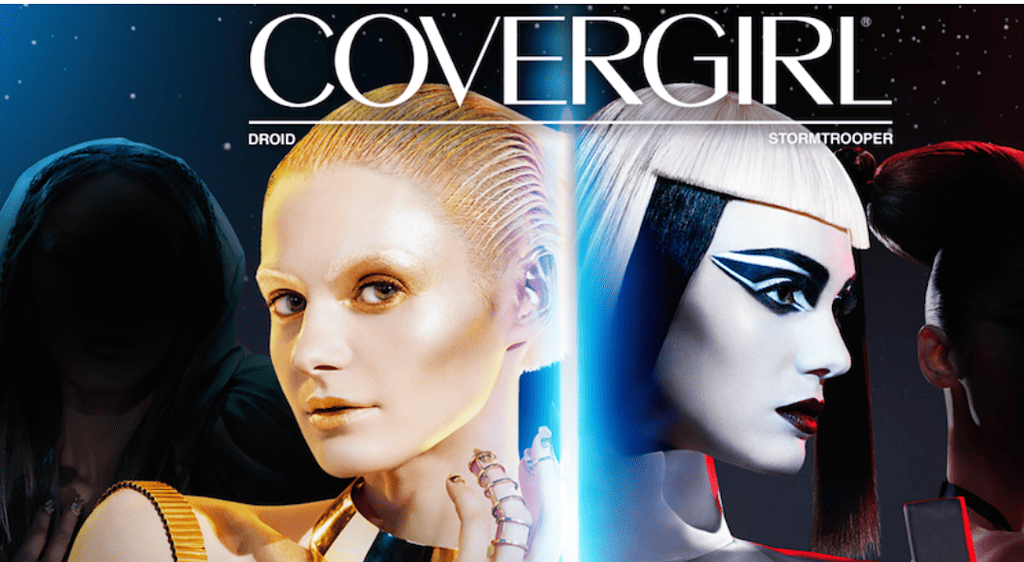

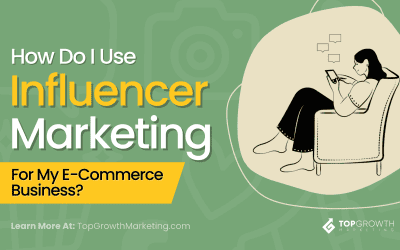
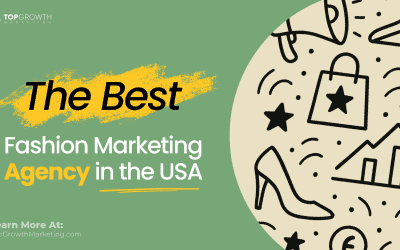
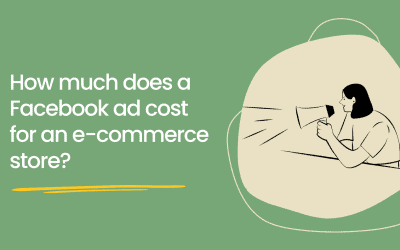

0 Comments